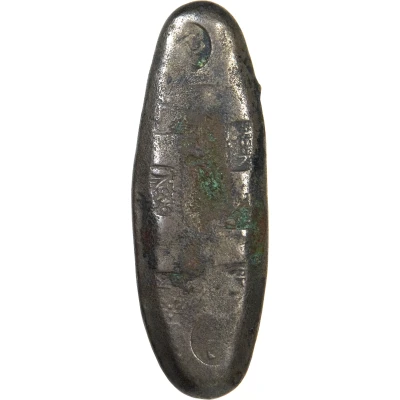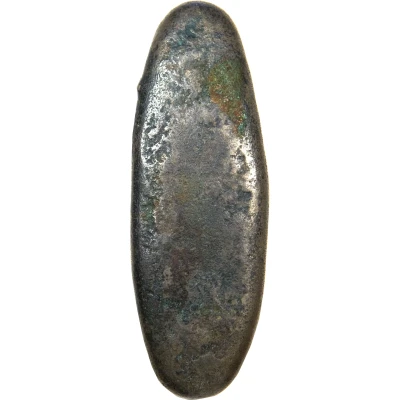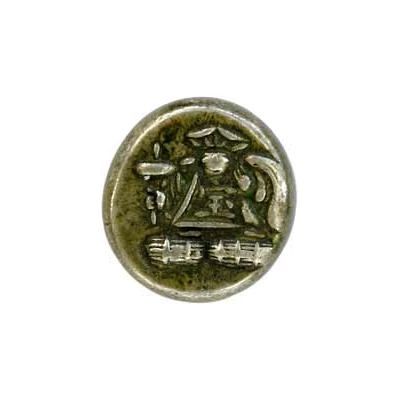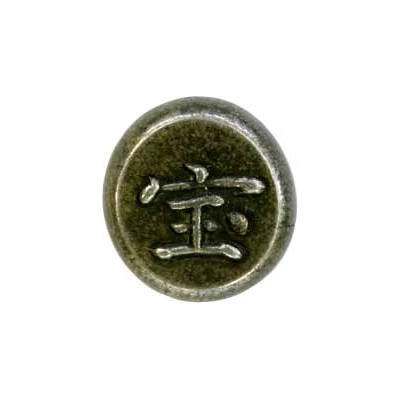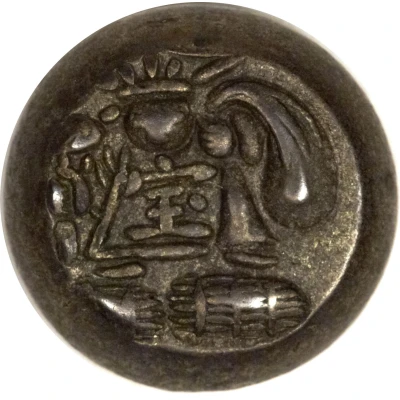
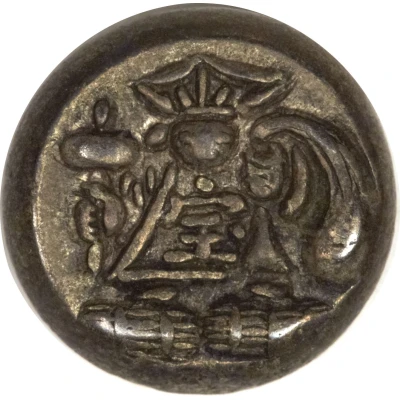

© Heritage Auctions
Mameitagin "Hōei Futatsuhō Mameitagin" Double Daikoku ND
| Silver (.500) | - | - |
| Issuer | Japan |
|---|---|
| Type | Standard circulation coin |
| Years | 1706-1710 |
| Currency | Monme Silver / Monme-Gin / Ginme (1601-1874) |
| Composition | Silver (.500) |
| Shape | Round (irregular) |
| Technique | Hammered (bean) |
| Orientation | Medal alignment ↑↑ |
| Demonetized | 4 February 1723 |
| Updated | 2024-10-05 |
| Numista | N#27233 |
|---|---|
| Rarity index | 95% |
Reverse
Daikoku
Interesting fact
One interesting fact about the Mameitagin "Hōei Futatsuhō Mameitagin" (Double Daikoku) coin is that it was issued during a time of economic reform in Japan, known as the Hōei era (1704-1710). The government aimed to stabilize the currency and combat inflation by introducing new coins with a higher silver content, like this one. The coin's design features two Daikoku, which are symbols of good luck and prosperity in Japanese culture, and the inscription "Hōei Futatsuhō Mameitagin" translates to "Treasury Coin of the Hōei Era."
